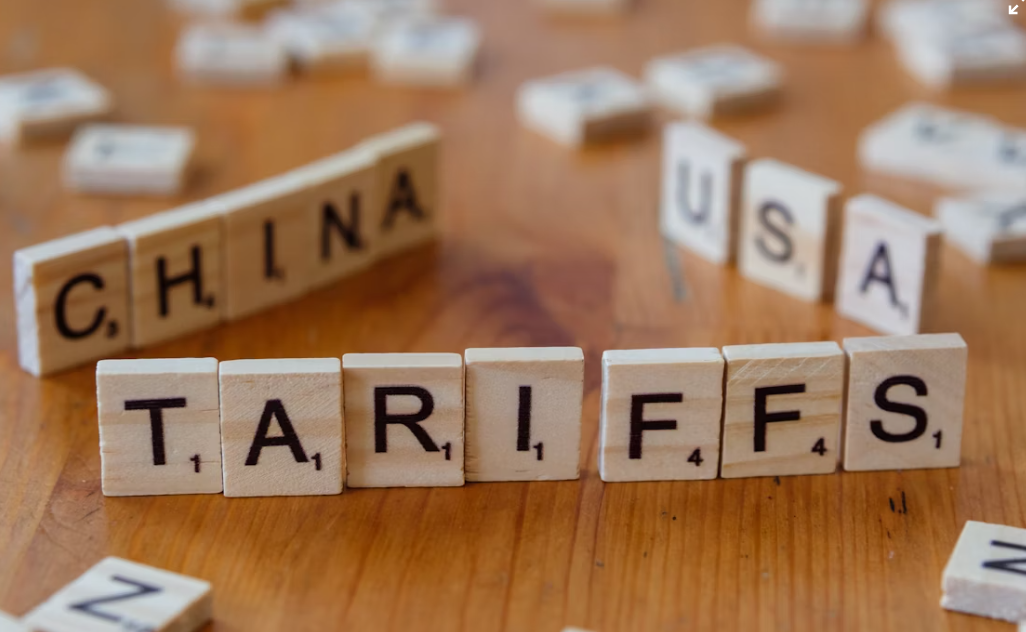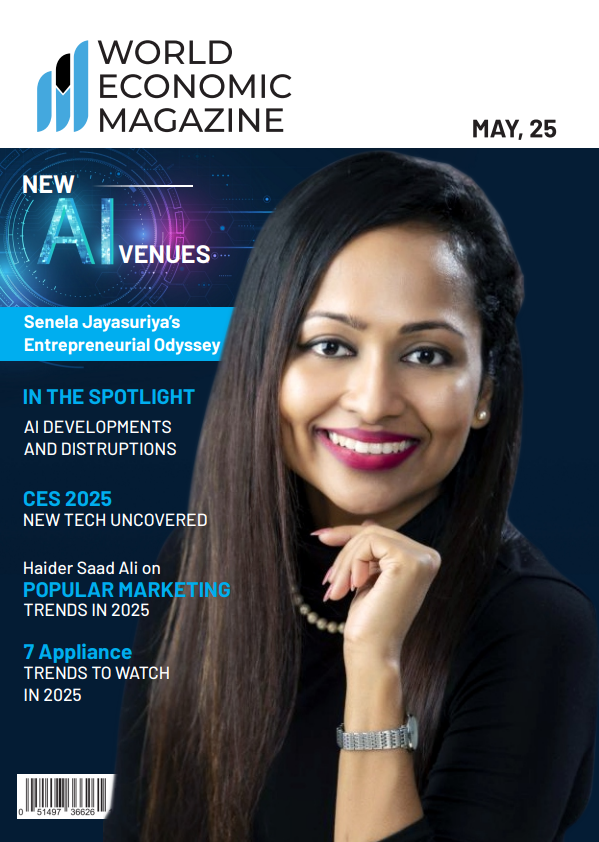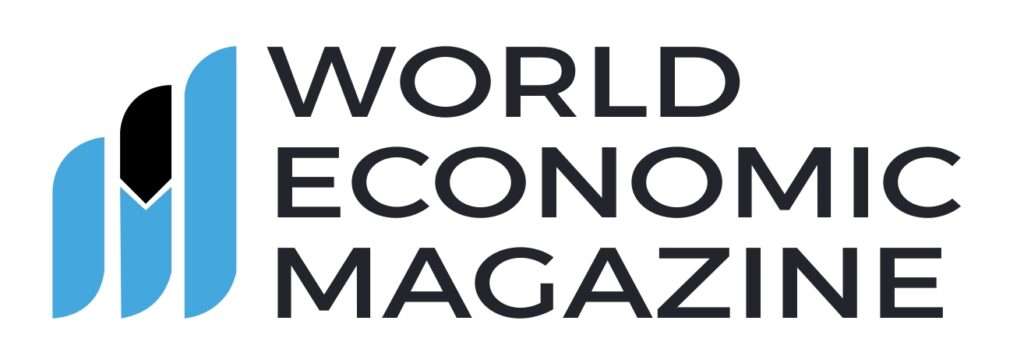
Despite Tariffs, Asia’s Auto Giants Double Down on U.S. Market Amid Protectionist Storm
Amid intensifying U.S. protectionism and steep import tariffs on foreign-made vehicles, Asia’s legacy automakers are holding firm on their commitment to America. For carmakers like Toyota, Hyundai, Honda, and Nissan, the United States isn’t just another market—it’s their most vital commercial battleground.
Despite the economic pressure created by the latest wave of tariffs introduced under President Donald Trump, North America continues to represent the lion’s share of revenue and growth potential for Asia’s automotive titans. Analysts and industry insiders say that even with thinner margins, the U.S. remains a market too big to ignore.
“It’s not just about sales—it’s about staying relevant in the global automotive hierarchy,” said Vincent Sun, auto analyst at Morningstar. “The U.S. remains the benchmark for brand strength and pricing power.”
U.S. Remains the Crown Jewel for Asia’s Car Majors
For Toyota, the world’s largest automaker, America is irreplaceable. In 2024, Toyota sold 2.3 million vehicles in the U.S., including Lexus models—accounting for more than 20% of its global sales. North America now rivals Japan as the company’s top revenue-generating region.
Hyundai Motor Group, including Kia, also sees the U.S. as its largest and most profitable market, generating roughly 60% of total group profits, according to Korea Investment & Securities.
“After years of skepticism in the U.S., our brand is finally winning recognition,” said a Hyundai executive familiar with U.S. operations. “Tariffs or not, this is not the time to back out.”
Even as EV enthusiasm dips due to range anxiety and infrastructure concerns, Asian automakers are thriving off America’s shift toward hybrids—a category they already dominate.
“Toyota and Hyundai are ahead in hybrid powertrains, which gives them a strong defensive advantage,” said Julie Boote, analyst at Pelham Smithers Associates. “Hybrids are now the sweet spot for U.S. consumers worried about EV limitations.”
Tariffs Are a Hurdle, Not a Dealbreaker
President Trump’s reintroduction of steep tariffs on imported automobiles has undoubtedly complicated the business model for foreign manufacturers. Yet, most Japanese and Korean automakers have no intention of retreating from their American stronghold.
A recent Reuters report confirms that executives from Hyundai, Toyota, and Mazda see the tariffs as an “unwelcome challenge,” but not one that will deter long-term investment in the market.
“The environment that we’re in now is increasingly harsh and uncertain, starting with U.S. tariffs,” said Mazda executive Noriyuki Takimura, signaling the company’s resolve to push forward through cost-cutting and strategic expansion.
Asian Carmakers Lean Into Localization
To navigate the tariff-heavy terrain, Asian automakers are ramping up efforts to localize production and supply chains. Toyota already manufactures 54% of the vehicles it sells in the U.S., while Hyundai and Kia operate three American factories but still import around two-thirds of their U.S. sales volume.
In March, Hyundai unveiled a bold $21 billion investment plan to expand its American manufacturing footprint—including a new steel plant and increasing production capacity to 1.2 million vehicles annually.
Japanese automakers have collectively invested over $66 billion in U.S. manufacturing since the 1980s, and that figure is likely to rise further.
“Investing in America is no longer just a market strategy—it’s a survival strategy,” said Justinas Liuima, senior analyst at Euromonitor International.

A Race for Market Share, Not Just Profit
While the new tariffs squeeze profit margins, Toyota, Hyundai, and Kia have so far resisted the urge to raise prices in response. Instead, they appear more focused on capturing market share—especially from lower-margin rivals like Nissan and Stellantis.
“It’s shaping up like a game of chicken,” said Kim Sung-rae, an analyst at Hanwha Investment & Securities. “Those who hold the line on pricing, despite tariffs, will gain customer loyalty and dominate the post-tariff landscape.”
This competitive posturing could accelerate consolidation or strategic alliances in the industry. Toyota already owns 5.1% of Mazda and 21% of Subaru, while investors speculate that Nissan and Honda may revive merger talks that previously stalled.
U.S. Tariffs Favor Non-Chinese Players
Despite their drawbacks, U.S. tariffs offer one silver lining to Japanese and Korean firms: protection from Chinese EV makers like BYD, who now dominate China and emerging markets.
America currently imposes a 100% tariff on Chinese EVs, effectively locking them out of the U.S. market. That gives Asian legacy brands a rare competitive buffer in a space they’ve recently lost in Asia.
“In China, we’re squeezed out. In the U.S., we have breathing room,” said a senior executive at Honda. “That’s the market where we still have leverage.”
FAQs: Asia’s Automakers and America’s Tariff Landscape
Q: Why are U.S. tariffs being imposed on Asian automakers?
A: The Trump administration reimposed tariffs to boost domestic manufacturing and reduce trade deficits. Foreign-made cars face higher import duties, especially if not built in the U.S.
Q: Will Toyota and Hyundai raise prices because of tariffs?
A: So far, they have avoided price hikes. Instead, they’re focusing on improving efficiency and growing market share—even at the cost of slimmer margins.
Q: Are Japanese and Korean automakers moving production to the U.S.?
A: Yes. Both Toyota and Hyundai have expanded U.S. manufacturing and plan further investments to localize production and protect against future tariffs.
Q: How do these tariffs affect EV competition?
A: Chinese EV brands like BYD face heavy tariffs and are essentially locked out of the U.S. This gives Asian legacy brands a competitive advantage in the American market.
Q: Could this lead to mergers between Asian carmakers?
A: Possibly. Industry observers believe increased financial pressure could revive merger discussions, such as between Honda and Nissan or deepen Toyota’s ties with smaller Japanese firms like Subaru and Mazda.
Final Take: Betting Big on America
Despite headwinds from rising tariffs and operational costs, Asia’s legacy carmakers are not backing down. For Toyota, Hyundai, and Honda, America isn’t just a market—it’s a strategic priority.
Instead of retreating, they are doubling down with local investments, hybrid innovation, and competitive pricing. In doing so, they are redefining the rules of the game in a landscape that continues to be reshaped by politics, technology, and global competition.
“It’s not protectionism that will determine winners,” said Liuima. “It’s who adapts the fastest—and right now, Asia’s top automakers are clearly in the lead.”






